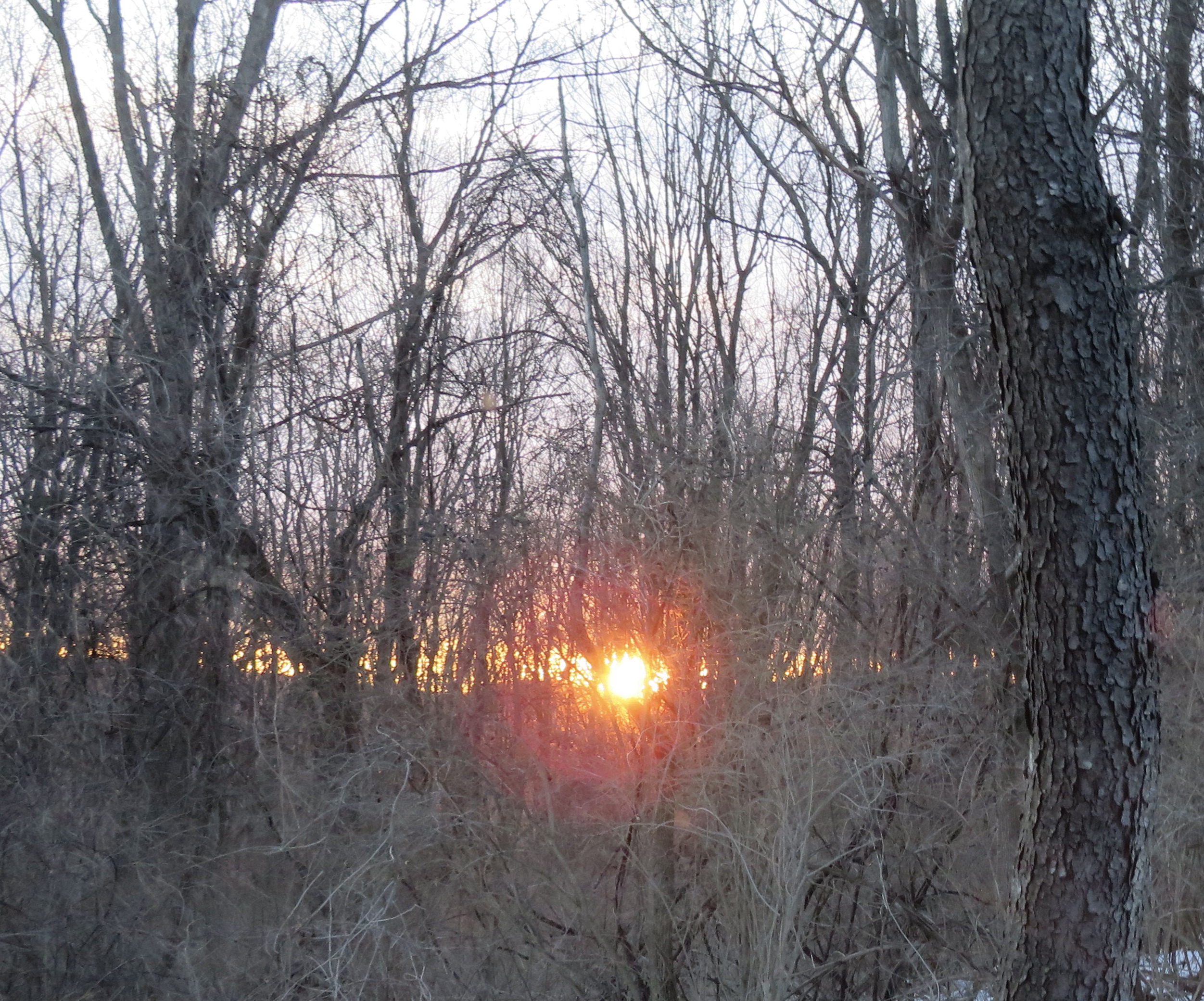Just imagine the moment when the first human being, hominid, or whomever first became conscious. Not just when a human felt for the first time their feet on the earth; but the first time any hominid was aware they were aware of where they placed their feet and where they were going. First became aware of the beauty in the scent from a flower, or in a sunrise, or first became aware of a memory of a bad morning.
One of my closest friends was talking about this with me on a recent Zoom call. What a powerful moment to consider. Was there ever such a moment? Or has consciousness always, somehow, been part of nature?
And this image can tease us on so many levels. Think of a baby. When is it first aware of itself? In the womb? At birth? When someone takes away its toy, a parent calls its name, or leaves them alone? Or it cries when another infant or its mother cries?
Anthropologists and others speculate humans had an increase in consciousness somewhere between 60,000 and 30,000 years ago, when the first art caves were created, or maybe when the first languages were developed. Or maybe before that? Art and written language are likely indicators of conscious awareness.
Human consciousness is doubly aware. Our species name is, after all, homo sapiens sapiens, humans twice wise. We know (somewhere inside us) by knowing we know. Conscious means con, or with, scio, to know, or know with. I thought about this in a recent blog. This allows us to reflect on our actions, thoughts, and feelings and learn from the subtlest levels of all of them.
It allows us, when we hold hands with someone we care about, to not only feel their hand and ours but know we feel it.
This double awareness can give us the ability to abstract and imagine, to plan or time travel, or substitute an idea for a perception. We can use words to symbolize most anything, including a self, or evoke something in us, to dream, to craft, and to understand reality.
Words enable us to leap into a story, one of our own making, or one we adopt from someone else. We prepare ourselves for a future event by telling a story of it. We can name a type of feeling as worrying, dreadful, or lovely. Or talk about something instead of experiencing it. We can distance ourselves from something or stick ourselves to it.
Thus, our double awareness can confuse us. It can provide our greatest gifts as well as the source for our greatest suffering. Language and the ability to distance ourselves mentally and emotionally from aspects of the world can create a false sense of separation between the one who knows and what is known. By telling ourselves stories we can create anxiety as well as excitement over what might never be. Since words are abstractions masquerading as objects and other beings, they can deceive us. They create illusions as well as revelations. Because they can help us, they can hurt us….
*To read the whole article, please click on this link to The Good Men Project.


